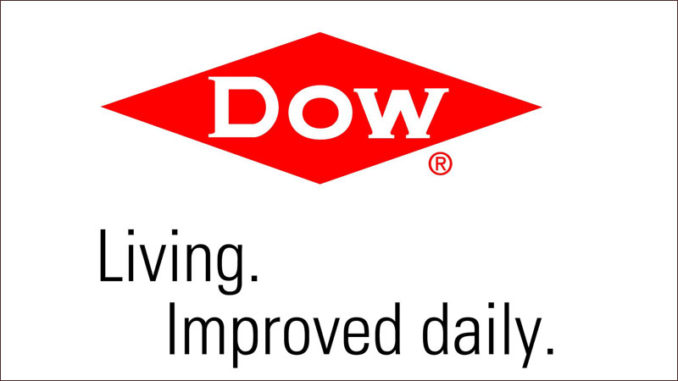
Findings say it poses health risks
Although a recent U.S. Environmental Protection Agency (EPA) report identifies Dow and Union Carbide as major producers of the carcinogen ethylene oxide in St. Charles Parish, the company disputes its findings.
“Dow will continue to work with our partners and the American Chemistry Council to offer scientific data to support a correction of the EPA’s assessment,” said Dow spokeswoman Ashley Mendoza. “We believe this is the right thing for consumers and for public health in general.”
The findings are based on EPA’s National Air Toxics Assessment (NATA), released in 2016 while based on latest available results dated 2014, stating the chemical exposure puts residents at greater risk of lymphoid or breast cancers.
Dow Chemical and Union Carbide, which Dow has owned since 2001, were listed among 10 companies in the “chemical corridor” operating in the River Parishes as ranking among the highest producers of ethylene oxide in this area, as well as the world.
The companies, which merged into a 2,000-acre complex in Hahnville renamed St. Charles Operations, has made the chemical since the late 1960s. It’s a component of antifreeze and polyester, as well as is used to sterilize medical equipment.
Despite the EPA maintaining a cancer threat with longtime air exposure, Dow maintains it’s compliant with EPA regulations.
According to Johnny Chavez, Dow’s St. Charles Operations site leader, Dow, along with its subsidiaries and partners, is one of the largest producers of ethylene oxide (EO).
“We have over 70 years experience with the product,” Chavez said. “Dow is compliant with the current EPA regulations, and we continue to improve our EO emission reduction as part of our own internal sustainability goals.”
Chavez said Dow is committed to properly handling, using and storing the chemical.
“We are always striving to improve performance, and we continue to do so,” he said. “While we are certainly working with our industry partners and all appropriate agencies and associations on the latest information set forth by the EPA, we would be continually assessing our own performance and striving to improve regardless.”
Mendoza added, “As the site has grown over time, our EO emissions have increased. We are by far the largest producer in the area. While they remain below the current EPA threshold, we are proactively investing in the site to significantly reduce emissions. This project was in the works long before the EPA report – not a reactionary measure.”
Additionally, she further maintains the EPA’s 2014 NATA update is incorrect on EO.
“The published assessment utilizes a significantly flawed risk value for EO,” Mendoza said. “In fact, the EO risk value is far below levels found in nature – 19,000 times lower than the normal, naturally-created levels of EO in the human body.”
The American Chemistry Council has filed a petition under the Information Quality Act seeking a correction to EO risk information in the NATA, she said. The petition outlines numerous problems with the methodology and substance of the EO IRIS risk value and presents reliable scientific evidence in support of correction. The ACC offers as an alternative a range of risk values that is both scientifically sound and protective of public health for use in the NATA and any EPA regulatory actions.




2 Trackbacks / Pingbacks